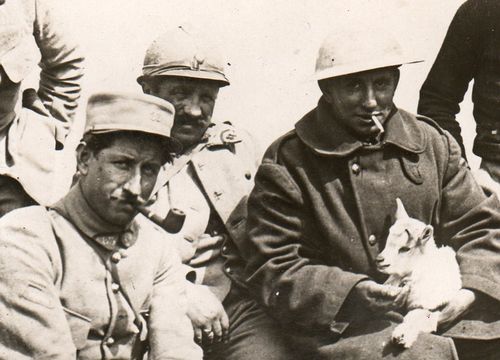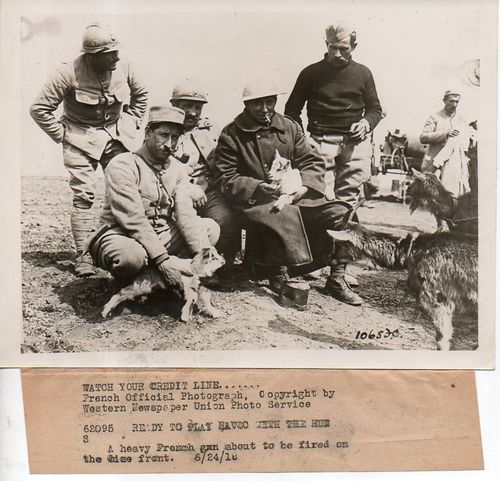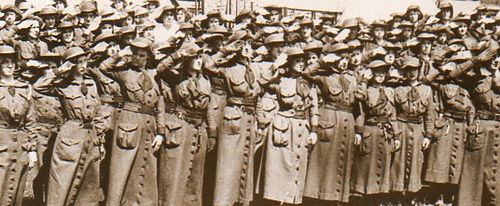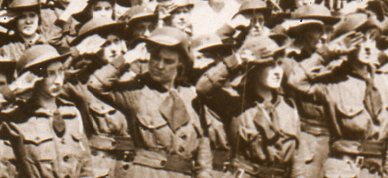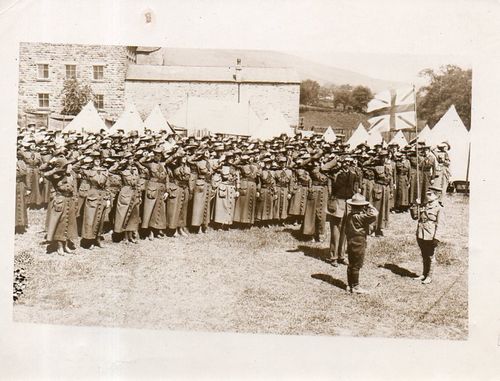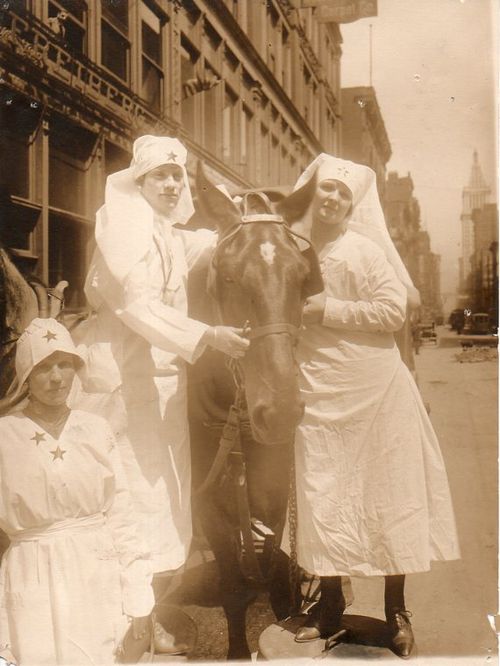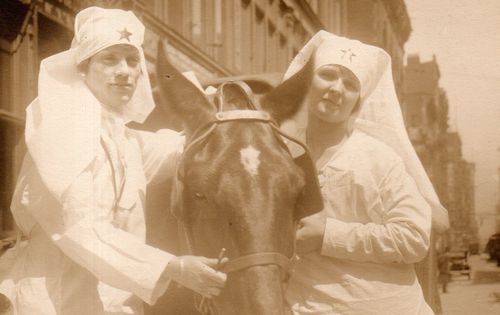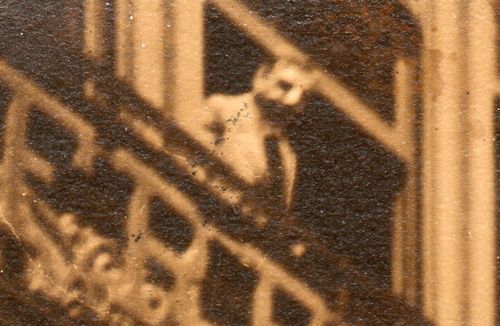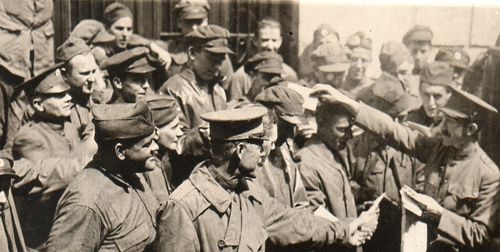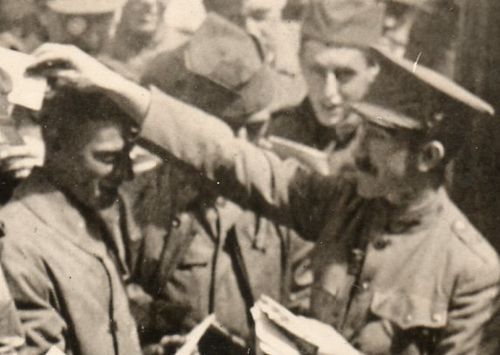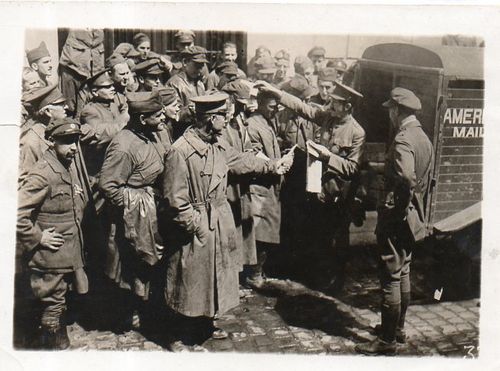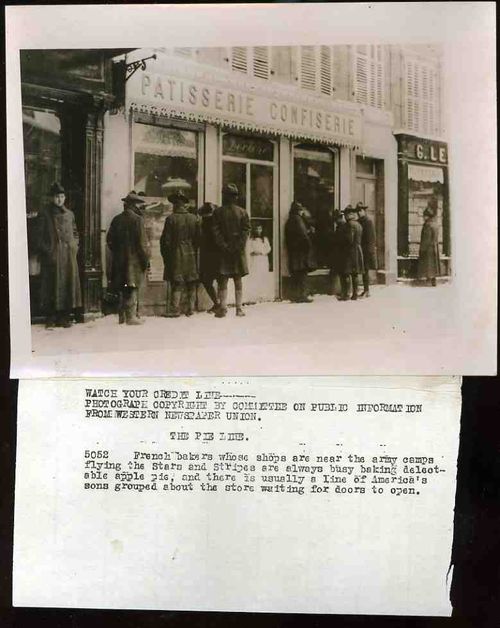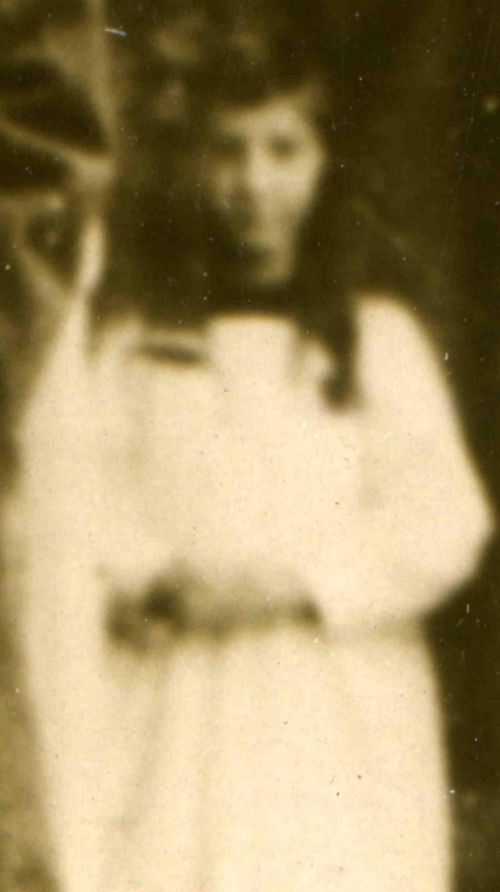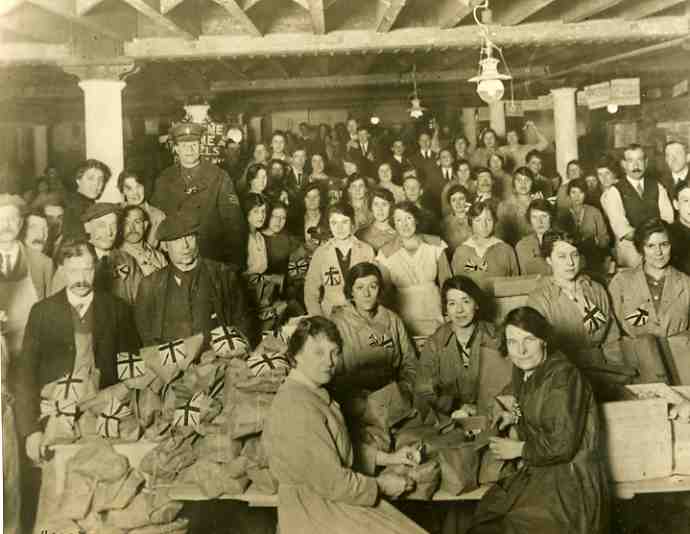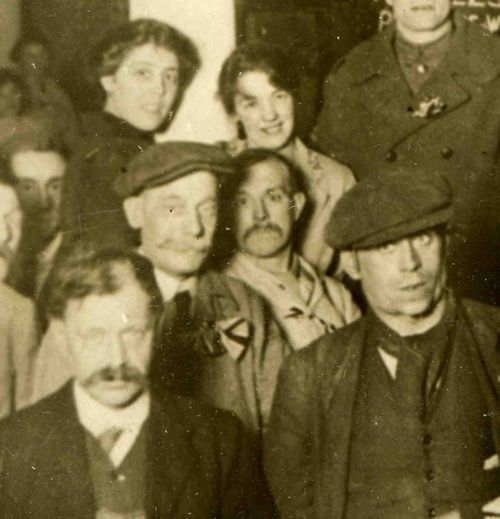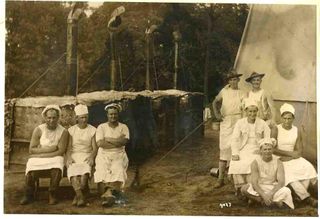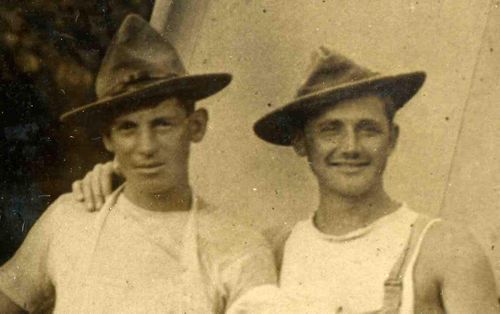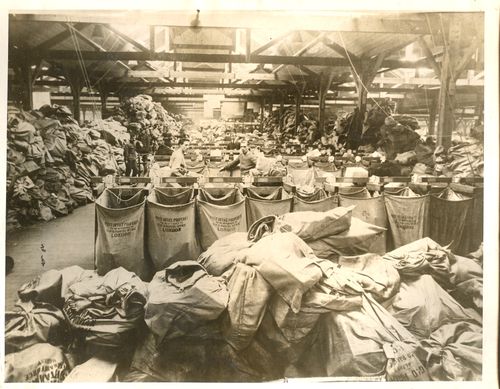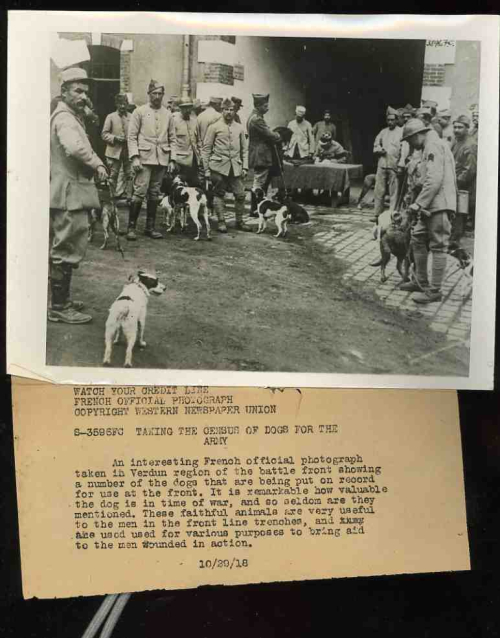JF Ptak Science Books: World War I Photography
Original News Photo Service Photographs, 1917-1918. Part of a Larger Daily Site for the History of Holes, Dots, Lines, Science, History, Math, the Unintentional Absurd & Nothing |1.6 million words, 7000 images, 3.5 million hits| Press & appearances in The Times, The Paris Review, Le Figaro, The Economist, The Guardian, Discovery News, Slate, Le Monde, Sci American Blogs, Le Point, and many other places... 3,000+ total posts
Trees and Telephones, 1918
JF Ptak Science Books Quick Post
During World War I battlefields that began as forests ended as plains. And since telephonic communications depended upon wires, and since the wires needed to go somewhere, anything that survived that was head-and-shoulders above the ground was of particular use, especially to the telephone corps and especially for the use of telephone wires. This news service photo (provided by the Western Newspaper Union) shows a rather desolate scene, with Canadian engineers working the wreck of a lone tree for all it was worth...as is plainly visible, there is nothing else like it in the near or remote vicinity.
7x5.5 inches. Very good condition. $150
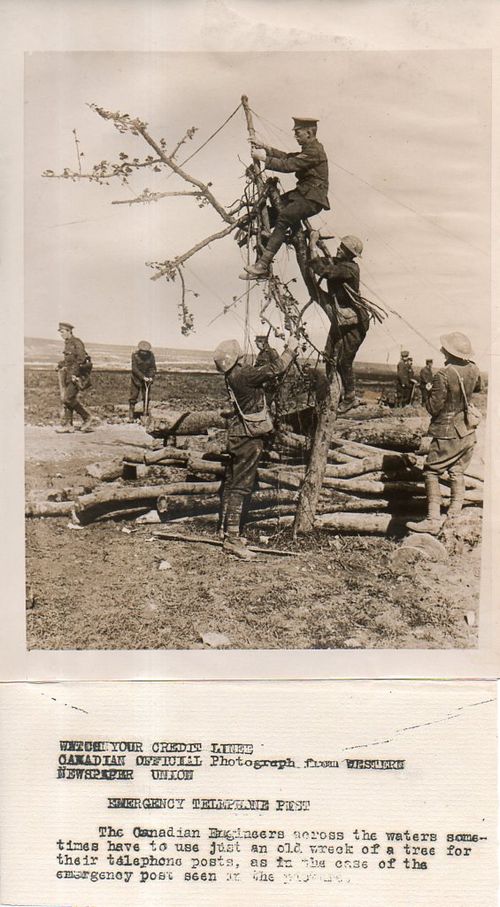 It was the practice of the agencies providing these images for worldwide distribution to also include typed captions for the photographs.
It was the practice of the agencies providing these images for worldwide distribution to also include typed captions for the photographs.
Posted by John F. Ptak | Permalink | Comments (0)
A Sea of Salutes from a Female Corps
JF Ptak Science Books
This is one of approximately 250 photographs in a small collection of World War I News Photo Service photographic images, all made in 1918. Photography during WWI was extremely controlled, and many of the images that came to appear in newspapers and magazines were selection from an approved photographic pool of images.
Image, ca. late 1918, 4.5x7". Very good condition. $150
And a greater detail:
Both of which are paper dissections of the full image:
Posted by John F. Ptak | Permalink | Comments (0)
WWI Photography--Female Charity Workers
JF Ptak Science Books
This is one of approximately 250 photographs in a small collection of World War I News Photo Service photographic images, all made in 1918. Photography during WWI was extremely controlled, and many of the images that came to appear in newspapers and magazines were selection from an approved photographic pool of images.
Image of three women as volunteers--the woman in the foreground is actually standing even though it looks as though she is kneeling; the other two women are standing on trash cans to get the upper hand on the horse. This is a simple and lovely image.
8x6 inches. Nicely septia toned. The image has six tiny pin pricks in the upper right and upper left corners. $100
Detail:
And--in the upper left corner, a man leans from a window for a better look:
Posted by John F. Ptak | Permalink | Comments (0)
Mail Call, 1918
JF Ptak Science Books
This is one of approximately 250 photographs in a small collection of World War I News Photo Service photographic images, all made in 1918. Photography during WWI was extremely controlled, and many of the images that came to appear in newspapers and magazines were selection from an approved photographic pool of images.
Mail Call, end of 1918. Original photograph. 6.5x4.5 inches. Fine condition, save for one short teat of about a half-inch in the left margin extenbding very sliughtly into the image. $175
Text on verso: "What a letter from home means in France. Group of American Red Cross chauffeurs in Paris at mail distribution at their garage." The back is also stamped "Bureau Publicity Lake Div. American Red Cross, for release October 2".
Both of which are details from the following:
Posted by John F. Ptak | Permalink | Comments (0)
A Pie Line and Sugar Angel, 1918: U.S. Troops in Paris
JF Ptak Science Books
There's definitely an angelic figure in this photograph, an image made showing American Doughboys lining up in front of a bakery/candy store (high-sugar delivery transport systems enhancer) in Paris in 1918. This photograph is a News Photo Service item, produced by the Western Newspaper Union, which would send photographs (and their captions) on demand to newspapers and magazines requesting a scene, say, of American soldiers waiting patiently in line for apple pie at a Parisian bakery. The caption says that "America's sons (were) grouped about the store waiting for doors to open" so that they could have at the apple pie. They are waiting for something, to be sure; it doesn't seem quite right that a bakery would not be open during daylight hours (though the shutters on the upper floors are closed still) in the winter (I see snow), but then again I'm not an expert on the hours kept by small business in Paris during WWI.
I am taken with the figure of the small girl in the windowed-door of the bakery, standing there with her hands clasped, framed by the window pane, dressed in flowing white. Is the place really closed, or did the soldiers simply have no money for these treats, the little girl standing there in the unlocked doorway wondering why all of these soldiers just don't come inside? Were the men paid in scrip with no value in the streets of the city? The good news is that these men were alive, and it may have been November or December of 1918, which means that the killing of millions and millions of soldiers and civilians had just about come to an end, so they could probably stay living, safely making their idle if not penniless way around the snowy streets of Paris, wanting and waiting to go home.
Posted by John F. Ptak | Permalink | Comments (0)
Volunteer Efforts to Aid the Wounded, 1918
JF Ptak Science Books
This is another magnificent group portrait from my collection of News Service Photographs from World War I. This is image is from mid-1918 and depicts nurses, wounded and recovering soldiers and an assortment of volunteers preparing relief packages for other wounded soldiers in field hospitals. My experience with these images is that are many levels of portraits within the larger group portrait--looking at them under magnification is an addictive process, and quite often there are some lovely surprises.
Image: 9x6 inches. Good condition. $300
![]() href="http://longstreet.typepad.com/.a/6a00d83542d51e69e2010536c93917970c-pi">
href="http://longstreet.typepad.com/.a/6a00d83542d51e69e2010536c93917970c-pi">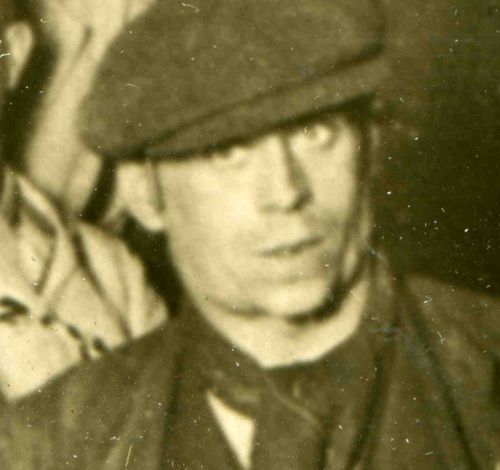
Posted by John F. Ptak | Permalink | Comments (0)
Found-Portraits within Portraits, 1918
JF Ptak Science Books
Original photograph, 1918. 9x6 inches. Good condition. $350
In my collection of WWI News Photo Service Agency photographs I would say that half or so of them show scenes like this--semi-informal group portraits of military support groups. 250 portraits like this seem to be a lot, and I'm not sure why these images are so well represented. Except of course that there weren't that many images (overall) of active-battle scenes.
These bakers, working at a front-line support station, from my read were probably taking a break, and the photographer took the opportunity to draw them together for the portrait. I don't know why they're separated so, but they do look as though they have a real camaraderie--it is just a wonderful picture, full of friendship and loyalty, and I'm sure it has never been published before.
Posted by John F. Ptak | Permalink | Comments (0)
Christmas Mail, 1917
JF Ptak Science Books
This is the U.S. Army mail depot at Regents Park, London, braced for and under siege by Christmastime mail in 1917. It strikes me that there may be a million items in this photo--at this time in the war there were something like 35 million people in the services for all countries dedicated to the war effort, which is approximately half the number that served in total. If these letters in this picture were bodies, I reckon that there would be five more rooms like this necessary to tell the visual picture of the war dead and wounded. This aside, I initially focused on the guy in the rear with the white shirt and tie, standing there pretty much overwhelmed by the task of moving all of that stuff...and perhaps with the idea that much of the mound would wind up being undeliverable because the recipient was killed. I wonder if that mail was returned, or not?
Original photograph, 1917. 9x6 inches. Good condition. $175
Posted by John F. Ptak | Permalink | Comments (0)
A Census of War Dogs, 1918
Original photograph, 1918. 9x6 inches. Good condition. $200
I wonder what the French officer sitting behind the table at the center background thought about at night, after his day was done. I wonder what it was that went through his head, his eyes fluttering, as he slipped into sleep? As the accompanying caption of this photo states, this was a census of dogs, a census of army dogs in the French army, taken at "the battle front" of Verdun, and dated 10 October 1918. Did he think of his duties expended throughout the day, and weeks and months? Counting dogs as a war effort may have been a hard thing to consume. Perhaps this officer had already seen his share of war, perhaps he had fought from 1914 and onwards, this position being relatively benign, a reward for years of impossibly difficult service in a bloody war. Or perh
Posted by John F. Ptak | Permalink | Comments (0)
Recent Posts
- Relaxed Time at a Sentry Post, 1918
- The French Blue Devils at West Point, 1918
- Tired, Wounded, and Underground, 1917.
- WWI Snow Parade, 1917/1918
- German Soldier, Worn and Worked, November 18, 1918
- Camouflage on the Belgian Front, 1918
- American entertainer at the front,
- Vertical and Anticipation at Reims
- On the Home Front: Italy

